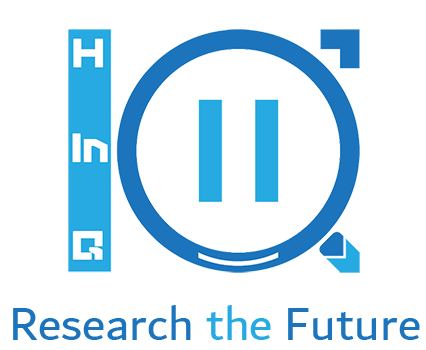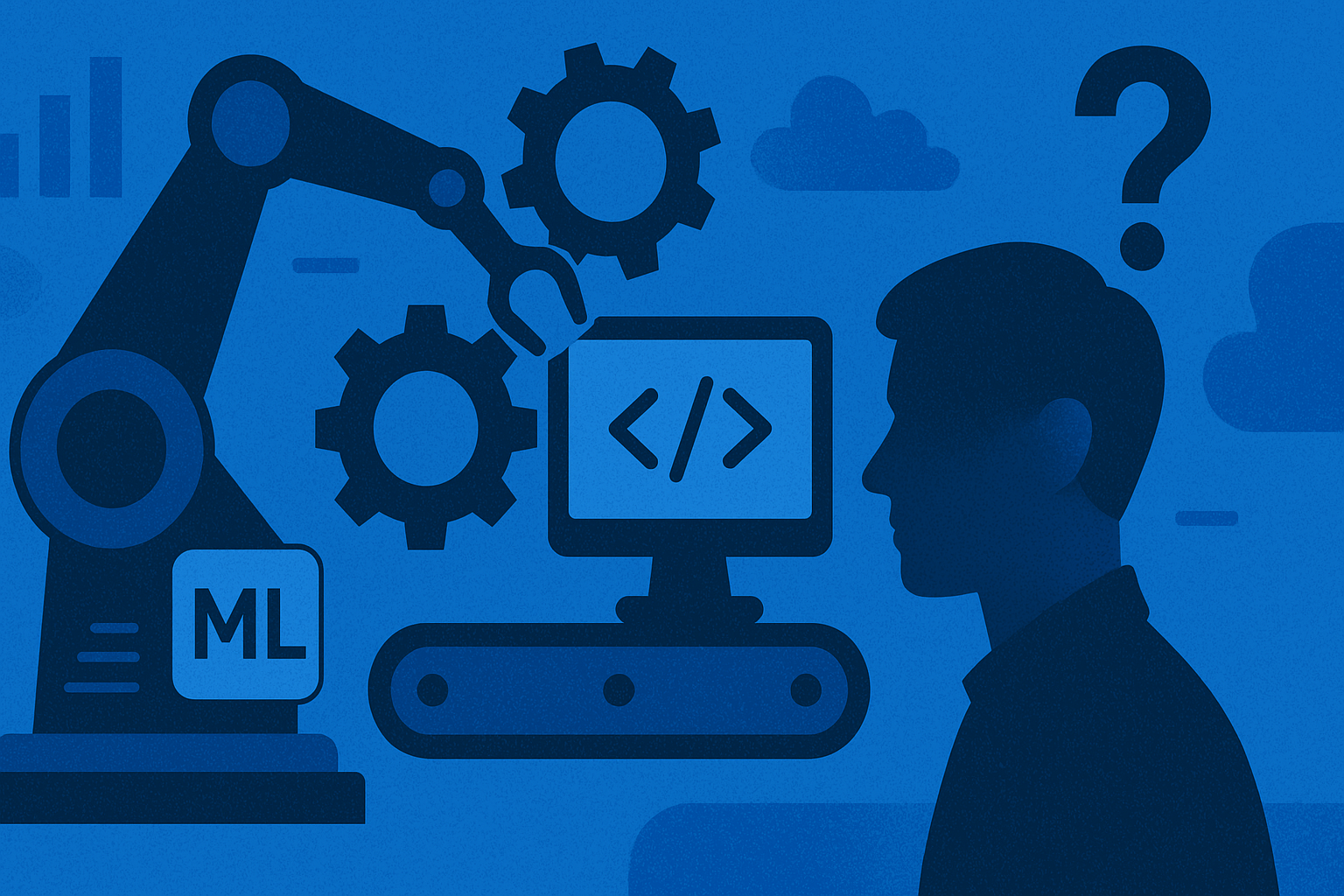The Push for Automation Promises Efficiency, but Oversimplifies Complex Systems
The rapid adoption of MLOps automation tools is driven by a desire to scale machine learning across organizations with minimal friction. From model training orchestration to deployment pipelines, platforms promise seamless workflows and hands-free updates. These tools are positioned as a solution to bottlenecks that slow time-to-value and exhaust engineering resources.
However, beneath this appeal lies a structural oversimplification. Automation is often applied in areas where human understanding is still crucial. Building and managing ML systems involves constant interaction between raw data, experimental models, and production-grade infrastructure. When these interactions are abstracted behind automated triggers or black-box integrations, teams lose insight into the core mechanisms that ensure performance, reliability, and compliance.
This abstraction does not just hide complexity. It reshapes organizational knowledge. Junior engineers come to rely on templates rather than develop fluency in model evaluation or system diagnostics. Teams may skip important steps like rigorous testing or feature drift monitoring because the automation pipeline does not flag them. What appears to be productivity is sometimes a deferral of technical due diligence.
Efficiency should not come at the cost of comprehension. Organizations must ask whether automation supports engineering excellence or bypasses it in the pursuit of speed.
Automated Workflows Mask Technical Debt and Reduce Visibility into Failure Points
One of the most dangerous consequences of automation in MLOps is the accumulation of hidden technical debt. Automated workflows allow teams to deploy faster, but they often bypass crucial moments of review and reflection. As a result, fragile dependencies, brittle configurations, and untested edge cases accumulate quietly within the pipeline.
In many organizations, the deployment process becomes a checklist of green lights. As long as metrics hit a predefined threshold and the model runs without crashing, it is pushed into production. But automation rarely questions the context of those metrics. It does not interrogate whether input data has shifted meaningfully, or whether model assumptions still hold, It simply executes.
This blind trust can lead to systemic failures. When a model underperforms or drifts unexpectedly, teams are left investigating after the fact. By then, the automation has already created momentum that is hard to reverse. Root causes are difficult to isolate, especially if logs are minimal or the system’s architecture has been automatically generated by tools no one fully understands.
Without intentional instrumentation, documentation, and manual checkpoints, organizations trade short-term delivery gains for long-term instability. True reliability in machine learning systems comes from visibility, not velocity.
Prebuilt MLOps Solutions Accelerate Delivery, but Limit Engineering Control
Many companies adopt prebuilt MLOps platforms to gain speed and scalability. These tools often promise out-of-the-box support for model versioning, deployment, monitoring, and rollback. For growing teams under pressure to deliver results quickly, the appeal is strong. Automation reduces friction, eliminates repetitive tasks, and creates a consistent deployment pipeline.
However, with that convenience comes constraint. When organizations rely on third-party tools to manage the entire machine learning lifecycle, they lose control over critical components. They become dependent on default behaviors, preconfigured integrations, and vendor-driven updates. Teams may not fully understand how decisions are made within the platform, and customization can be limited or complex.
This dependency is not only technical but also strategic. Organizations with unique data privacy needs, model explainability requirements, or real-time processing constraints may find themselves boxed in by platforms that were not built with those needs in mind. As infrastructure decisions become increasingly dictated by the limitations of the tool rather than the goals of the team, innovation is slowed, not supported.
The convenience of a turnkey solution should not outweigh the value of architectural flexibility. Engineering teams need systems that can grow with their expertise, not ones that constrain it at the speed of deployment.
Overreliance on Automation Introduces Fragility in Production Environments
When machine learning systems depend too heavily on automated operations, the entire production environment becomes vulnerable to silent failure. Models may continue running while serving degraded predictions, and alerts may not trigger because thresholds are too lenient or misaligned with business impact. In these scenarios, automation does not reinforce stability. It creates a thin veneer of control that collapses under stress.
Real-world machine learning is messy. Data sources change, schemas evolve, and performance shifts in ways that are not always predictable. Automated systems are rarely equipped to handle edge cases with nuance. They follow routines but do not adapt dynamically unless explicitly programmed to do so. Even then, their response is only as robust as the assumptions hardcoded by the engineering team.
This lack of resilience often surfaces during incidents. A model may fail silently for weeks before anyone notices, especially in environments where observability tools are treated as optional. Incident response is slowed when engineers must decipher complex, prebuilt automation chains they did not construct. Instead of accelerating recovery, automation becomes a barrier.
Stability in production environments depends on proactive monitoring, meaningful human-in-the-loop systems, and a clear understanding of model behavior. Without these, automation trades consistency for fragility.
Automation Should Assist, Not Replace, Expert Judgment in Model Lifecycle Management
The lifecycle of a machine learning model involves a series of complex, high-stakes decisions—from feature engineering and model selection to deployment readiness and performance evaluation. These steps benefit from expertise and contextual understanding, not just scripts that follow a linear path. When automation fully replaces judgment, the system becomes efficient in process but blind to purpose.
Automated retraining, for instance, might be triggered by a scheduled job rather than a meaningful performance signal. Pipelines may promote a model that technically performs better on paper but fails in real-world application due to data quality issues or distributional drift. When automation governs these steps without human verification, errors are legitimized by speed.
Machine learning demands flexibility and insight. The goal is not to merely reduce time-to-deployment, but to ensure that the model adds measurable, reliable value. Expert judgment is what links model behavior to business impact. It also introduces ethical scrutiny, contextual adaptation, and nuanced interpretation, all of which automation cannot replicate.
Tools that reinforce judgment rather than bypass it, create a healthier MLOps culture. They allow teams to move fast while maintaining accountability. Automation should serve the expert, not attempt to replace them with generic faults.
Sustainable MLOps Requires Human-Centric Design, Not Tool-Centric Dependency
Sustainability in MLOps is measured by how well models perform over time, adapt to change, and earn organizational trust. Healthy machine learning practice is grounded in clear roles, transparent workflows, and shared responsibility between humans and systems. When automation becomes the center of gravity, that balance is lost.
Tool-centric MLOps assumes that platforms solve culture, process, and communication challenges. But real-world systems fail in ways no tool can anticipate. Datasets may grow messy, team turnover may erode knowledge, and performance can degrade silently if observability is not prioritized. These issues require systems that support collaboration, critical thinking, and operational flexibility.
Human-centric design emphasizes explainability, cross-team visibility, and processes that invite review and learning. It avoids rigid pipelines that assume every use case fits a predefined mold. It supports the development of tools that adapt to people, not people who must conform to tools.
As machine learning becomes a core business capability, MLOps must evolve from automation-first thinking to a discipline of thoughtful orchestration. The goal is not just to move fast, but to move wisely. Sustainability demands systems that are understandable, governable, and adaptable qualities that only emerge when people, not tools, are placed at the center of the design.
Ressources :
- MLOps: Mitigating the Hidden High‑Interest Technical Debt in AI Projects – LinkedIn Pulse
- Hidden Technical Debt in Machine Learning Systems – NeurIPS paper summary via Wikipedia
- Digital Analytics Insights – H‑in‑Q



